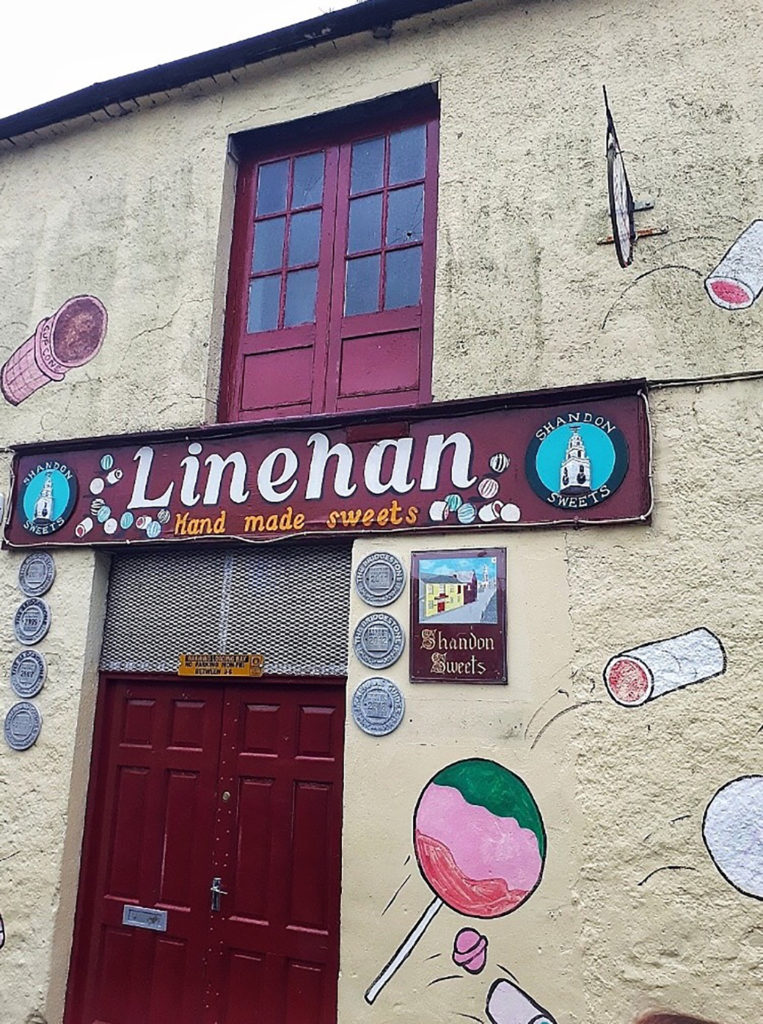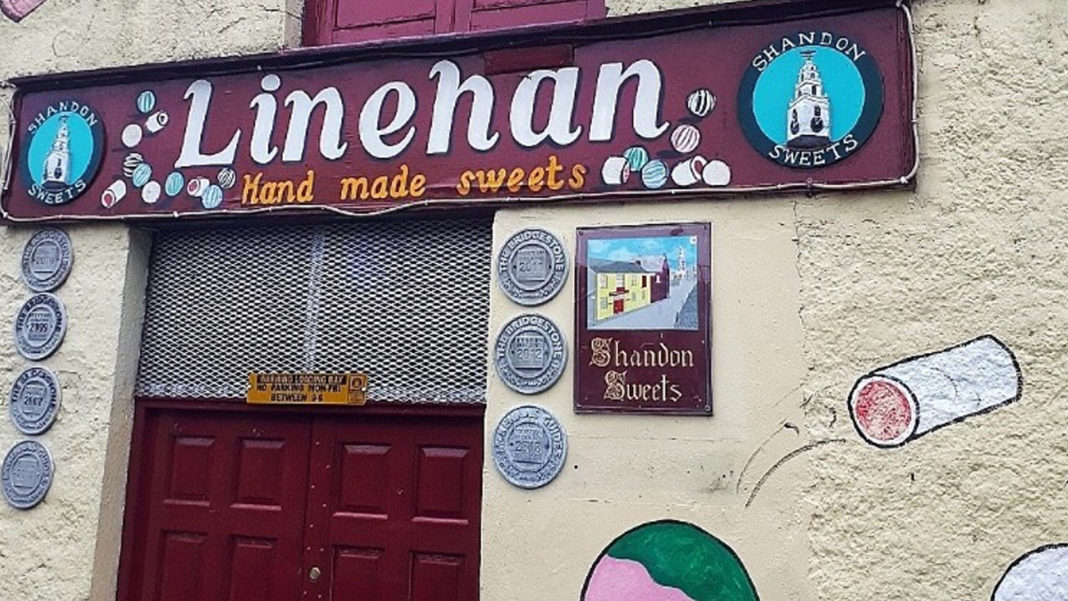By Donal O’Keeffe.
This week’s column is, if you’ll forgive the pun, a mixed bag.
A couple of Mondays ago, I got a text from 96fm: “Any idea of a contact for Tony Linehan of Shandon Sweets? It’s on fire.”
It took me a moment to guess the reason they were asking me. If you google Shandon Sweets, one of the first news links that pops up is a feature I wrote two years ago for the Irish Examiner.
The evening after the fire, the Shandon Sweets Facebook page carried an announcement: “Hi everyone. Unfortunately, due to unforeseen circumstances today, we are going to be closed for the near future. I will update you as soon as we are back up and running. Sorry for any inconvenience caused! Tony.”
A small fire while Shandon Sweets was closed for lunch – inside a half-hour, a neighbour raised the alarm and four units of the fire brigade from Anglesea Street put out the blaze – caused such damage that the factory will likely be closed for months.
Shandon Sweets is located on John Redmond Street, by the Firkin Crane Theatre, and under the shadow of Shandon steeple. It’s run by father and son Danny and Tony Linehan and began in 1928 under Danny’s father Jimmy, as the Exchange Toffee Works, at a time when sweet factories were ten a penny. Now Shandon Sweets is the only surviving sweet factory in Cork.
Danny told me he only took a job in the sweet factory to help his dad for a while. In time, Danny’s son Tony would do the same, filling in for what was only supposed to be a short time. The business has been the Linehan family’s life for over 90 years.
“There isn’t a place from here to Belfast doing this,” Tony told me the day I visited. “There’s a sweet factory in the North but they work on a huge scale and it’d all be mechanised.”
Shandon Sweets is famed for its bulls’ eyes, clove rocks, pineapple drops, acid drops, pear drops, cough drops and butter nugget sweets. Every sweet made in Shandon Sweets is made using the same ingredients used since 1928: sugar, sucrose, syrup and water.
A sign inside the door describes the manufacturing process: “The huge copper pans, the moulding machines, even the recipe, are the same since Dan’s father founded the factory. Today, the methods used in the manufacture of sweets (are) the same as back in the 1920s.
“The … mixture is boiled to a high temperature for three quarters of an hour. Then this hot, viscous liquid is poured onto a large metal table. Now the colours and flavours are added. From here begins the Shaping Process. As the mixture solidifies in about fifteen minutes, they have to be very fast and sure in their movements. The mixture is pulled and rolled into strips of about four feet (which) are then fed into a chopping machine.”

When Shandon Sweets is back up and running, please think about calling in and supporting a beloved part of Cork’s living history. Better again, if you have any small people in your life, bring them up to see how real sweets are made.
The Linehan family would appreciate your help, and whatever your age, who wouldn’t love a magical childhood memory that will last a lifetime?
Some losses can be regained, and hopefully that is so with Shandon Sweets. Other treasures, once lost, are gone forever.
The Late Noel Whelan
I only met Noel Whelan twice, first in the National Library, at the launch of the first volume of his friend David McCullagh’s masterful De Valera biography, and months later in the Liberty Grill on Cork’s Washington Street. We knew each other through Twitter, where I found him to be always generous and supportive. In real life he was friendly and warm and, I thought, possessed of an instinctive ability to put people at their ease.
Noel Whelan was a successful barrister and political analyst, and his weekly column, first in the Irish Examiner, and later in the Irish Times, was a must-read. A one-time advisor to Fianna Fáil, he had an encyclopaedic knowledge of Irish politics, local and national, and his ‘Tallyman’s Guides’ offered an authoritative overview of successive elections.
He was a kind and decent man, and a man who – through his work to deliver the referendums on marriage equality and the repeal of the Eighth Amendment – left Ireland a better place than he found it.
Leading the tributes, President Higgins said: “Propelled by his social justice values, Noel was not only a commentator, but a driving force in some of the most important political campaigns of recent times.”
When I heard last week that Noel had died at the tragically young age of 50, my heart went out to his wife Sinéad, and to their son Seamus, and I couldn’t help but recall a lovely scene recounted toward the end of ‘Ireland Says Yes: The Inside Story of How the Vote for Marriage Equality Was Won‘, a book co-written by Gráinne Healy, Brian Sheehan and Noel Whelan (Merrion Press, 2016).
On the evening of Saturday, 23 May, 2015, as the marriage equality referendum votes were still being counted, Whelan was among the Yes Equality campaigners who repaired to Pantibar on Dublin’s Capel Street, where TVs were showing that night’s Eurovision votes.
“That spectacle could not be interrupted, no matter what had been won or lost in Ireland that day. The atmosphere was tense because Russia, not a popular country for its stance on homosexuality, was in the lead for a while, but was thankfully overtaken by Sweden.
“At one stage, Noel’s considerable bulk was blocking the view of the TV screens for patrons in one corner of the bar and there were shouts of ‘get the hell out of the way’, but when someone told them who the visitor was, there were hushed apologies of ‘Oh, Noel Whelan; oh that’s no problem’. Brian (Sheehan) later related the story to illustrate how the dour pundit had, for one day at least, become a gay icon.”
The day after Noel Whelan’s death, Rory O’Neill, AKA Panti Bliss, tweeted: “Shocked and saddened this morning. I got married yesterday and Noel played a huge and invaluable role in making that possible and I’ll be forever grateful to him for that. Sincere condolences to his family and loved ones.”
Noel Whelan, 1968 – 2019. Ar dheis Dé go raibh a anam.








